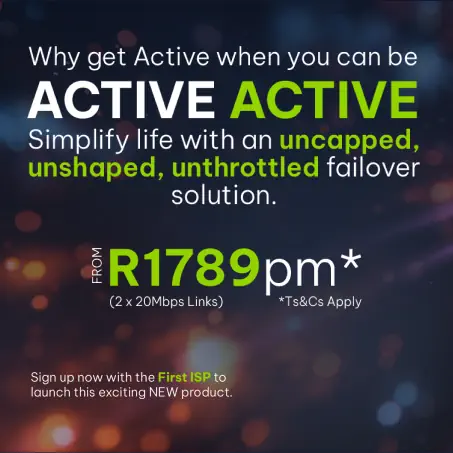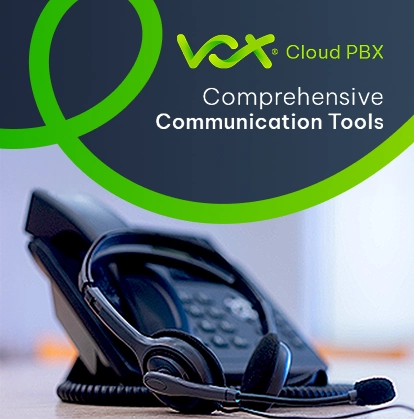Let’s face it; Internet makes the world go around (well, in this case, the Business world).
Unless you’re Bob the Builder or work in a government building (where “Systems Offline” is a way of life – but at least they give out free T-shirts), you need the Internet to operate efficiently (seriously, Government should check out Qwerti – did someone say coalition?).
Whether it’s running your systems, sending passive aggressive emails, or regular interruption of Nap Time via Teams calls (is there any sound more dreaded?), the type of Connectivity you choose can majorly impact your organisational performance. When it comes to the working world, your two best choices are simple: Wireless Internet, or Fibre to the Business (FTTB).
The question, however, is “which one is best for my brand?”.
Today, we aim to answer exactly that, as we unpack the elements and (hopefully) make the decision a little bit easier.
Let’s start with Wireless:
Remember the days of being stuck at an uncomfy chair next to the phone as you tried to untangle the cord (which ALWAYS had a permanent kink)? Or spending hours trying to make sense of your Apple Headphones (that had the ability to get intertwined in the space between blinks). Remember extension cords, cables stuck to walls, tripping over *some* wire connected to *something* – we remember, which is why we’re big into the whole Wireless Revolution.
Wireless to the Business (WTTB) represents the pinnacle of simplified business connectivity. It’s fast. It’s reliable. It’s (as the name suggests) Wireless. Which should be all the selling points you need – but if not, here’s a more thorough breakdown:
The Pros:
• It’s Quick: The swift setup time of Wireless is one of its biggest selling points. Because there’s no need for trenching, cabling, and ruining the lawn, your business can be connected faster than you can say the F word (we mean Fibre – not the other one).
• It’s Flexible: Is your business a gypsy? Wireless works well for organisations which relocate, or often require flexible/temporary locations. Because it’s versatile, adjusting to new environments is a simplified process (the opposite of cats, in other words).
• It’s Cheap.Ish: Compared to Fibre, Wireless generally has significantly lower startup costs in order to actually, you know, get connected. This is ideal for SME’s, or startups on a budget.
• It’s Accessible: Some areas don’t have access to high-speed Fibre, or the cabling is tricky to install. When this happens, Wireless is the Batman you need – always prepped and ready to (quickly) save the day.
The Cons:
• It’s fast, but not the fastest: Wireless can be a bit slower than Fibre, and the Internet Connection is slightly less stable – especially in areas with signal interference.
• It’s more Lag-gey: Because Wireless has higher latency than Fibre, real-time applications (think gaming or video conferencing) can experience more delays or interference.
• It’s in the Weather: Heavy rain or storms do have an impact on Wireless Performance (yes, even those of us who subscribe to Vox Weather feel it). This can be disruptive to your business if you’re stuck in a hailstorm (or live in the Cape).
Now, let’s talk FTTB:
Usain Bolt. Micheal Phelps. Vox Fibre to the Business. Three titans at the pinnacle of their industry. The key difference? The first two can’t provide you with super-fast Fibre – but Vox can. Now, we’re not saying we’re better than two Olympians, but if you want to draw that conclusion, be our guest…
The Pros:
• High Speed, High Bandwidth: FTTB provides extremely high Internet speeds and bandwidths – meaning it’s absolutely perfect for data-intensive applications (or, you know, your organisational needs).
• It’s not just reliable – it’s Super Reliable: Consistent performance, less reactive to weather conditions, always reliable and performing well – that Usain Bolt comparison is right on the money here.
• It’s the present, and the future: Fibre is scalable, and allows room for forward thinking growth, scalability, and development as your business progresses – making it an ideal long-term investment.
• Latency? What’s that? Compared to Wireless, FTTB experiences significantly lower latency rates – meaning smoother, less interrupted browsing experiences.
The Cons:
• Time and Money, they count: FTTB has both a longer installation time as well as higher installation costs, due to the work behind the scenes required to get it going – particularly if there’s physical cabling required.
• It’s Set in Stone: Like your Dad, Fibre is set in it ways. Once installed, it is definitively NOT flexible, meaning a business on the move would not be the ideal client here.
• It’s Picky: High-speed Fibre is not available just anywhere – particularly in more rural regions – meaning you may not be eligible to connect in the first place.
So, now you have the facts, let’s talk about the key considerations:
1. What are your current and projected Connectivity needs?
2. Where are you based?
3. What is your budget?
4. What type of Business do you have?
5. How critical is Internet Stability to your industry?
That’s it. Five key questions to guide you towards the perfect Connectivity Solution.
Look, it sounds simple, but choosing your Internet is quite similar to picking a spouse. Do you want someone perfect for you, someone flexible, someone expensive, or someone who never lets you down? Ideally, you want someone who can keep up with your life, grow as you do, meet you on your level and, ultimately, make you happy.
Now, we can’t tell you which one to pick, but we can promise that by considering the factors outlined above, it should be a much simpler process altogether.
As for the spouse thing, well, you’re on your own – but do reach out if you need Internet…














